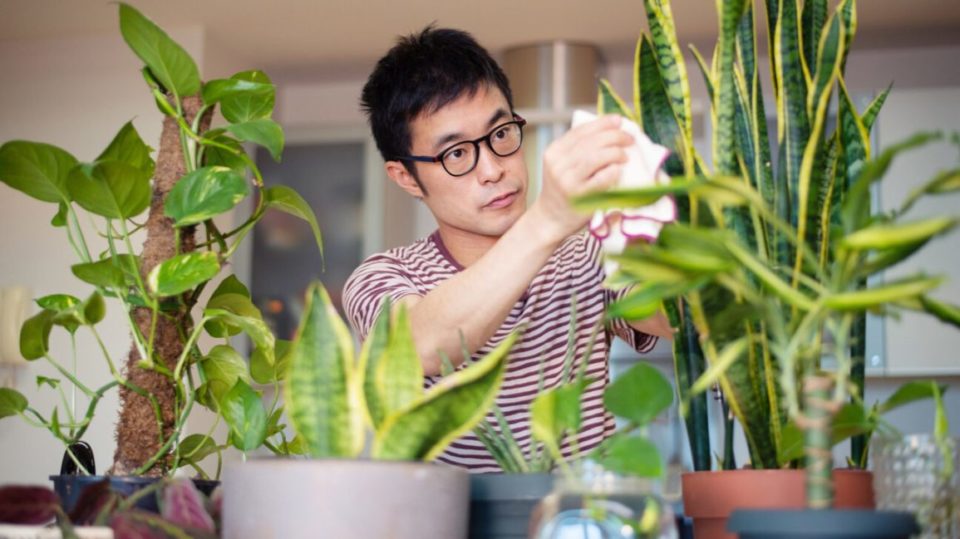Purchasing a houseplant is both enjoyable and economical. However, before you shop online for plants (pr at a normal store), do some research to ensure that you are buying a plant that will flourish under your care. Take into account the lighting in your home and in the location where you want to maintain a plant, bear in mind the time you can allot to invest in a plant, etc. Also, does it make a difference if the plant is poisonous? Many houseplants are toxic, which means they are okay around adults but not around young children and pets.
If you’re just getting started and maintaining plants in your home is new to you, start with something simple to care for—something sturdy and inexpensive. Nevertheless, killing a simple, low-cost plant isn’t nearly as bad as killing that spectacular, high-priced exotic plant. In addition to that, here are some things that you must consider when shopping for plants:
1. Spacing
It is common for people to make the mistake of selecting a plant before determining where it should be placed. The truth is that you should choose where you want to place your plant before you decide which plant to buy. This is because plants flourish in different environments, depending on the quantity of light and space available.
2. Humidity
Certain plants require more humidity than others. Since heating and air conditioning units dry out the air, most indoor places have low humidity. And because of this, keep your plants away from radiators and air conditioning systems.
If you want to grow a tropical plant (such as a Bird of Paradise or Rhapis Palm), you must mist it every day to keep it moist. Or, if it sounds like too much labour, you should choose a plant that demands less humidity.
3. Temperature
Temperature is a critical component when it comes to plants’ health. And when taking temperature into account, the essential things to remember are:
- The soil dries out more slowly as a result of air conditioning.
- The soil (and the plant) dries out faster when exposed to central or radiant heat.
It also explains why you should water plants more frequently in the winter (when the heat is blasting inside) and less regularly in the summer (when the air conditioner maintains the coolness of your home).
4. Watering
Watering your plants is the most time-consuming aspect of plant care. It is also the most typical method with which people end up killing their plants. If you don’t water your plant regularly, it will dry out and die. However, if you overwater your plant, it will die! (Contrary to popular belief, this is far more prevalent than you may imagine). So, before watering, it is best to check the soil level. Also, the regularity with which you water your plant is determined by the sort of plant you have.
5. Cleaning
Clean your plants’ leaves with a moist paper towel at least once every few days, as dust left unattended on your plants’ leaves might cause a variety of issues. They can obstruct light absorption and clog the pores of the leaves, inhibiting transpiration. This can be harmful to your plant’s health and cause it to appear dull. Besides, it is critical to remove dead leaves and prune back overgrown stems regularly. This will let your plant grow to its utmost capacity while also appearing green and vibrant.
Just because you failed with one or two plants does not indicate that you can’t cultivate plants. There may be other reasons like certain plants may not thrive in your lighting environment, or you may have overwatered or underwatered the plant. Make sure that you shop online for plants that are appropriate for your environment. This way, you can be sure that your plants will flourish in your home.


